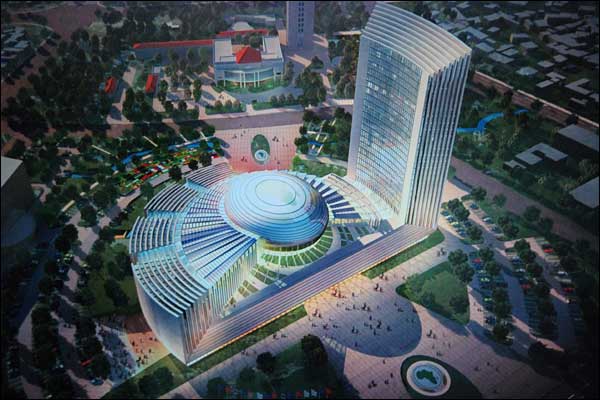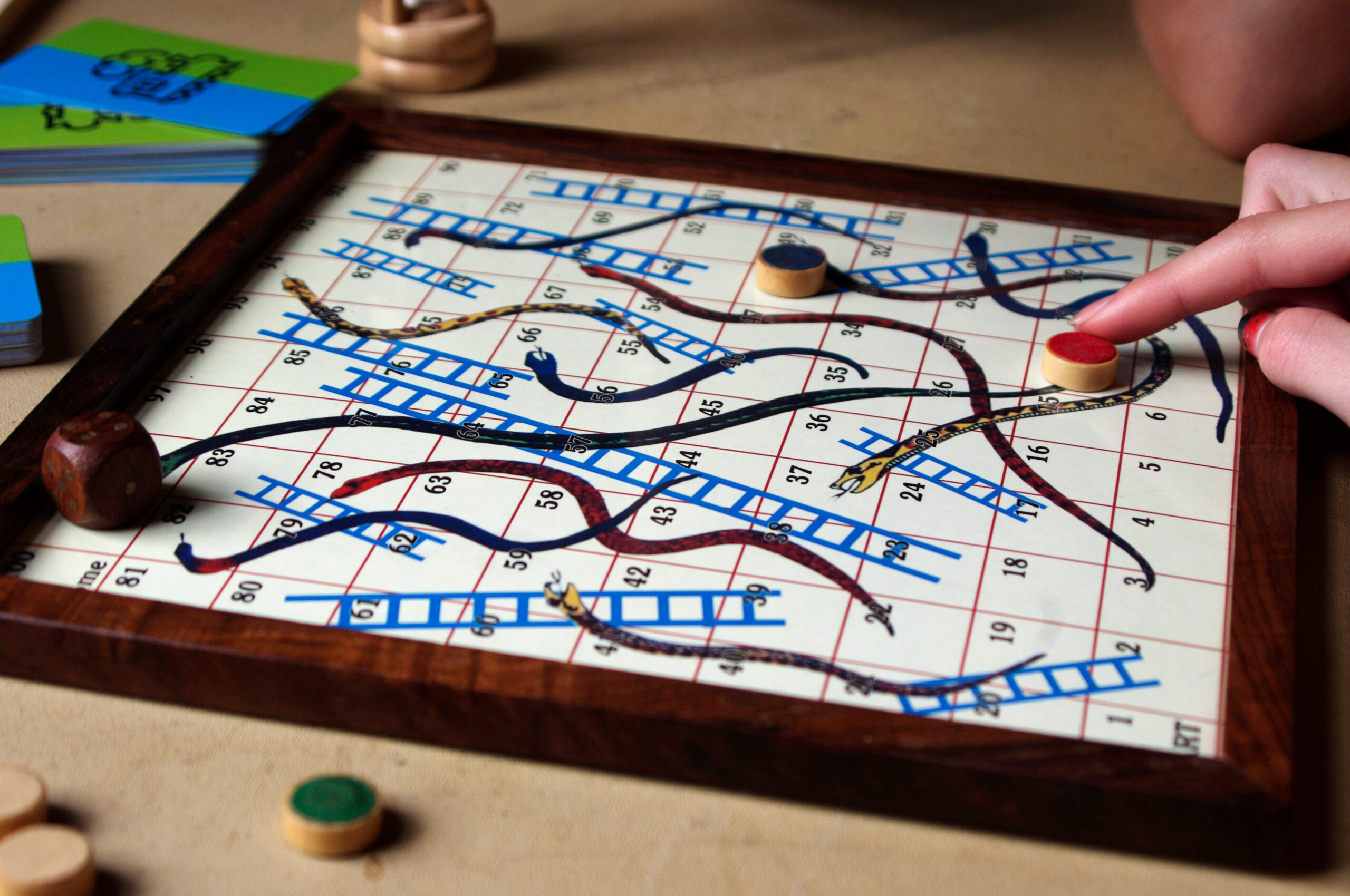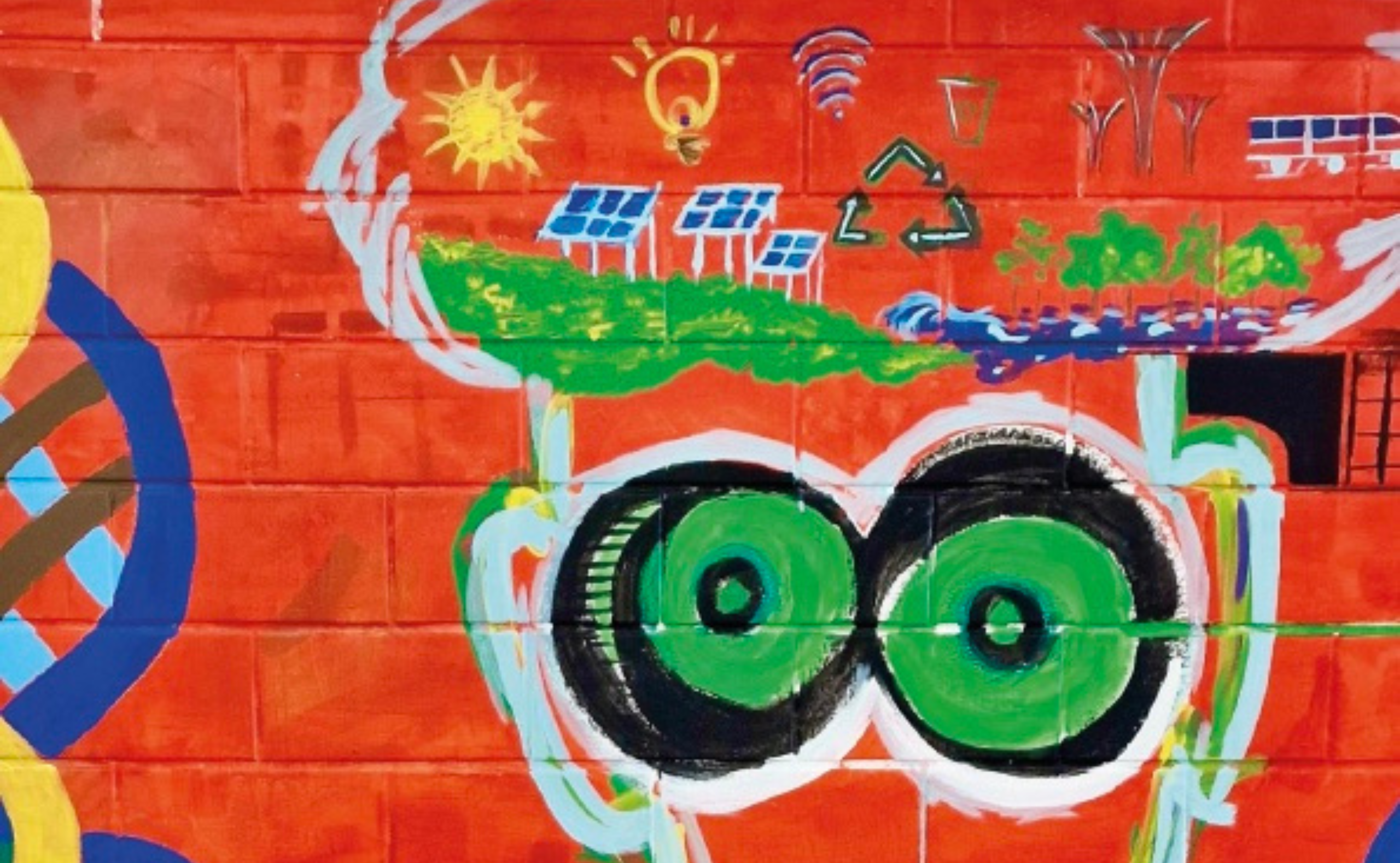 Concerns have been expressed in the Western media that Chinese aid to Africa represents a form of “new colonialism.” 1 However, comparing Chinese and US health programs in Africa suggests that the two have more in common than might be expected. Both countries’ health efforts in the region share similarities in terms of objectives, priorities and challenges.
Concerns have been expressed in the Western media that Chinese aid to Africa represents a form of “new colonialism.” 1 However, comparing Chinese and US health programs in Africa suggests that the two have more in common than might be expected. Both countries’ health efforts in the region share similarities in terms of objectives, priorities and challenges.
Foreign aid from the PRC and the US is provided not only as development assistance but also as a tool of soft power. Both the PRC and the US shape some of their health efforts to boost friendship and goodwill across Africa. Public opinion polls suggest that both countries are generally viewed positively by Africans.
The US launched its health efforts in Africa in 1944, upon the request of the president of Liberia. The US overseas health program was initially viewed as part of the Cold War effort to contain communism. The PRC’s overseas health assistance also began out of the Cold War and ideological concerns. Its first health program took the form of a medical team sent to Algeria in 1963 following Algeria’s war against French colonialism.
Both countries’ health engagement with the continent has grown and changed over the last four decades and both programs have received some criticism in recipient countries.
There is resentment over high salaries enjoyed by aid workers from the US, in contrast with appreciation for Chinese medical teams who staff remote rural hospitals. People in Africa often resent the economic conditionality that frequently accompanies assistance from the United States, while governments resist political conditions. China does not impose conditions for its aid.
However, there are also concerns over the PRC’s health programs, including language barriers between Chinese medical staff and locals, and the design, quality and location of some health infrastructure funded by the PRC. Although not part of the official program, the entry of counterfeit pharmaceuticals is a significant problem for Africa, as it is in the PRC itself.
Both countries face a number of common challenges in Africa. One is uncertainty about how to make aid work, a past littered with unused buildings and unsustainable programs. Another is that both countries’ commercial and political interests can impede the choice of the most cost-effective and internationally approved inputs and practices. These include tied aid, religious beliefs and intellectual property rights.
Major challenges also lie in coordination and competition among multiple donor groups working on health. The lack of understanding, and sometimes the misrepresentation, of the nature of the PRC’s engagement overseas have created obstacles towards US–PRC collaboration. There have been (unsubstantiated) allegations, for instance, that the PRC has been sending medical personnel to African states in exchange for concessions and rights to gas, oil, mineral and other natural resources.
It is more accurate and useful to see the PRC’s health diplomacy as a broad-based strategy aimed at building goodwill across the continent, no more an “exchange” or “quid pro quo” than US health engagement.
1 Lydia Polgreen and Howard W. French. 2007. China’s largess in Africa isn’t free. The New York Times. 20 August 2007. http://www.nytimes.com/2007/08/20/world/africa/20iht-zambia.4.7186694.html?pagewanted=all
Annex 1: Spending
In its early years, the US aid program funded health infrastructure, but health consisted of only 10–15% of US aid spending worldwide. In 2003, it stood at 12%. Five years later, in 2008, with the implementation of presidential initiatives on HIV/AIDS and malaria, US aid for health jumped to 26% of all US development spending (Figure 1).
In comparison, the PRC’s health programs in Africa have focused on medical personnel, infrastructure and equipment. Between 1976 to 1997, the PRC established medical team programs in 25 new countries in Africa. At the end of 2009, the PRC had financed the construction (and often, the equipment) of 54 hospitals and expanding clean water supplies in at least 9 African countries. (Note: While the US reports its development aid, the PRC releases very little information about its annual or country-level aid, although it has begun to issue aggregate figures.)
Between 2006 and 2007, the US committed 28% of its bilateral sector aid to health (where OECD Development Action Committee members committed an average of 18%). The Obama administration’s HIV/AIDS funding absorbed 70% of US health related development aid in 2009. The following year, the US budgeted $8 billion in aid for sub-Saharan Africa. The top five recipients of bilateral health assistance in that region for 2012 were projected to be Kenya ($545 million), South Africa ($510 million), Nigeria ($471 million), Tanzania ($346 million) and Uganda ($323 million).
The PRC, meanwhile, has made most commitments in increasingly specific quantities rather than monetary amounts. In recent years, it has linked its health funding announcements to UN summits on financing the MDGs, and to meetings of the Forum on China-Africa Cooperation (FOCAC).
In 2005, the PRC pledged to increase assistance to African countries by providing anti-malaria drugs and other medications, helping establish and improve medical facilities and training medical staff. In 2006, it promised to build 20 hospitals in Africa, donate $37.5 million* worth of anti-malarial drugs and build 30 malaria prevention and treatment centers.
Three years later, again as part of PRC pledges towards the UN meeting on financing MDGs, more announcements were made. Over the next five years, the PRC would train 1,000 doctors, nurses and managers for the 30 African countries receiving new hospitals. A year later, at the FOCAC summit in Egypt, this was increased to 3,000 medical personnel trained, and $73.2 million worth of medical equipment and anti-malaria materials.
Over the period of 2007-2012, the PRC’s health aid to Africa can be estimated to be at least $80 million a year. Unlike the distribution of US health spending in the region, there is no indication that some African countries receive more health assistance from the PRC than others.
* This valuation is based on US dollar-RMB exchange rates during the period.
Annex 2: Priorities and Impact
In May 2009, the Obama administration announced the Global Health Initiative (GHI), an effort to better coordinate the President’s Emergency Program for AIDS Relief (PEPFAR), the President’s Malaria Initiative (PMI) and other health programs. It has received high marks for its design and goals, which include the training of 140,000 new health professionals and paraprofessionals to assist health sector staffing overseas. However, it retains some highly criticized features of earlier programs, such as earmarks for the promotion of abstinence and monogamy in HIV/AIDS prevention programs.
The impact of these programs is measured in terms of outputs. PEPFAR outputs thus far have been (1) the provision of anti-retrovirals to at least 3.2 million people, with some 4 million AIDS orphans receiving some form of support (2) research support for high-impact interventions in child health and (3) delivery of treatments to over 55 million people with neglected tropical diseases. Over 50 million people have been treated under PMI in Senegal, Ethiopia, Rwanda and Zambia.
The PRC’s priorities are simpler, but not entirely different. Its health aid is also measured mainly by outputs: the number of medical teams deployed and patients treated, the construction, equipping and staffing of hospitals and malaria centers. A notable aspect of the PRC’s health efforts is its training programs for African health professionals. Each year, medical experts from the PRC serve in malaria centers for 55 days, while two local medics visit the PRC for a month-long course. Short-term training programs in population and family planning, malaria treatment and prevention and traditional Chinese medicine are also provided in Kenya, Uganda, Zimbabwe, Mali and Nigeria.
The PRC has committed to continue providing medical equipment and instruments, and emergency medical assistance as it has done so in the Democratic Republic of Congo, Guinea-Bissau and the Comoros. From 1999, other initiatives by the PRC tended to emphasize mutual benefit in health cooperation, particularly in the area of pharmaceuticals and medical services. The trend manifests itself in the use of pharmaceuticals made in the PRC and the shift to public-private partnerships for the management of hospitals.
This article is based on the author’s paper, U.S. and Chinese Efforts in Africa in Global Health and Foreign Aid, a chapter in China’s Emerging Global Health and Foreign Aid Engagement in Africa (published in November 2011 by the Center for Strategic and International Studies).




